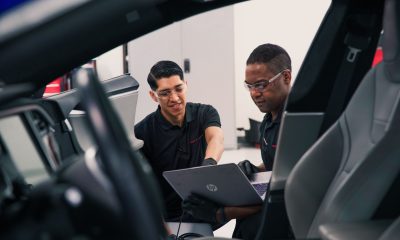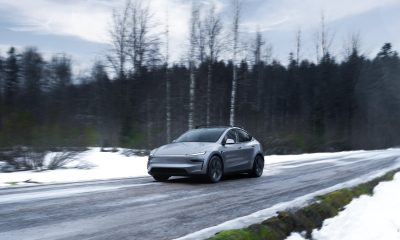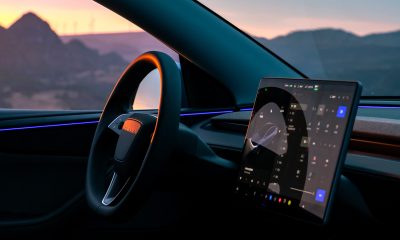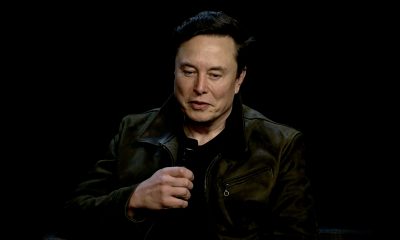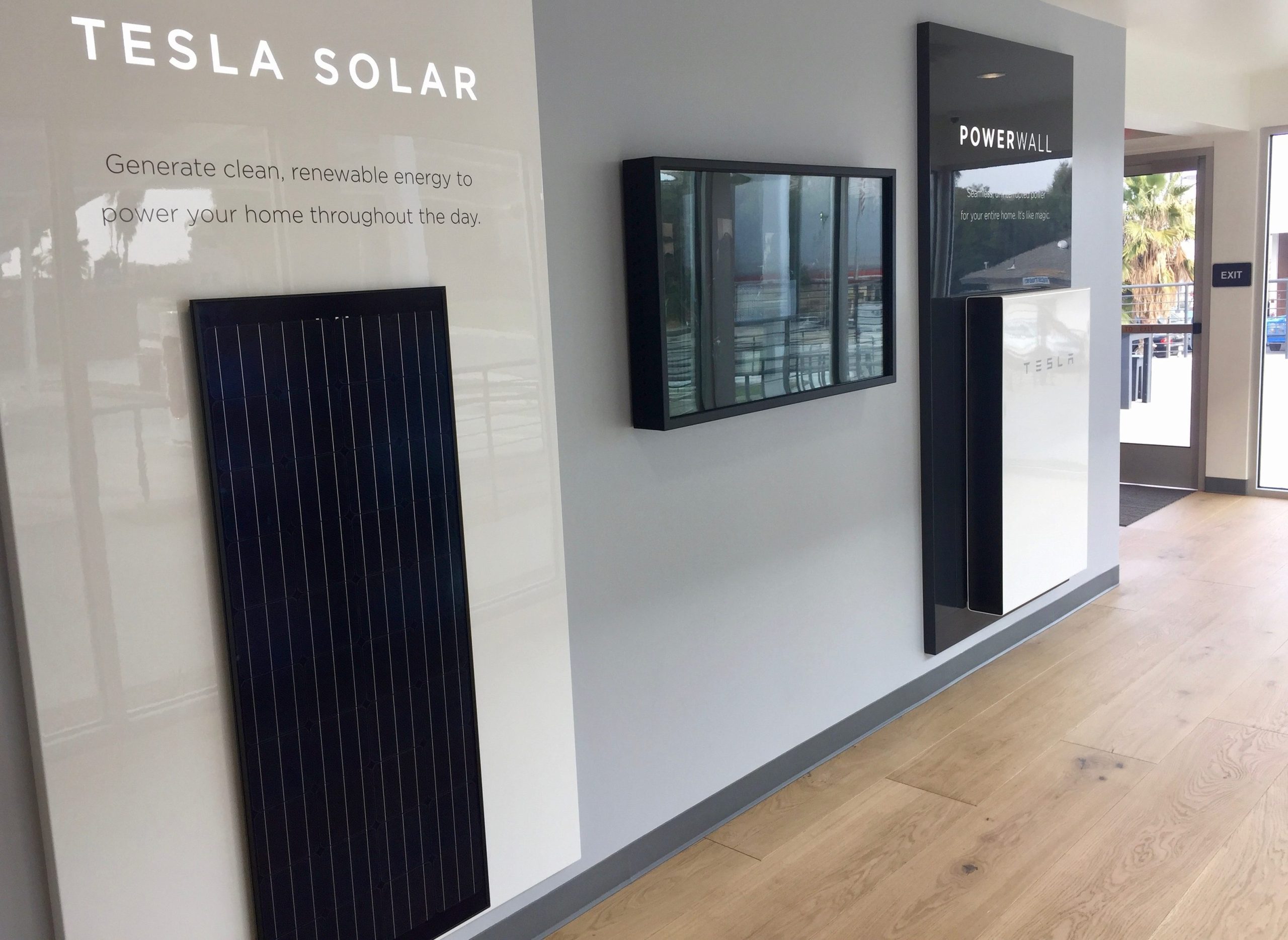
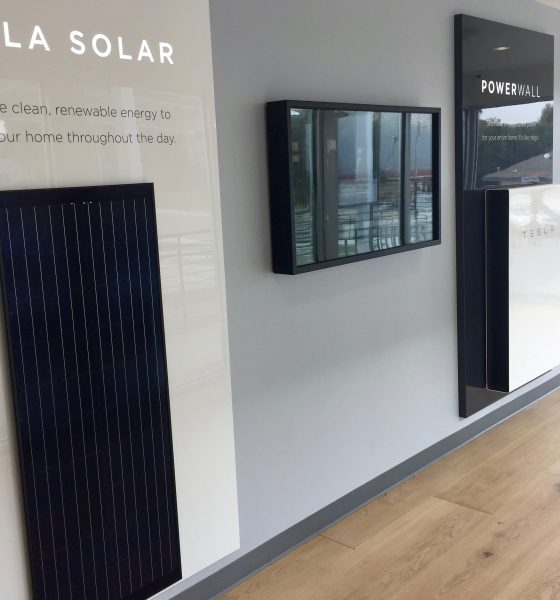
Energy
Tesla Powerwall 2 gets included in Australia’s battery subsidy plan for 40k homes
In a rather ironic twist, Tesla and its Powerwall 2 battery have been added to the list of choices for South Australia’s Home Battery Scheme, which aims to provide subsidies to 40,000 homes. The inclusion of the Powerwall 2 battery to the subsidy scheme comes amidst the ongoing progress of Tesla’s ambitious Virtual Power Plant in the region.
The update, which was recently reported by One Step Off The Grid, noted that Tesla’s 13.5kWh lithium-ion home battery systems are now eligible for the full AU$6,000 (US$4,300) subsidy offered by the SA government. As an additional means to attract buyers, Tesla has set up a temporary stall at the Rundle Mall in Adelaide, to showcase its battery storage technology. As noted by the Australian-based publication, though, customers are being informed that the installation of Powerwall 2 batteries would likely involve a lot of waiting.
Solar Quotes’ Ronald Brakels, who visited the Tesla pop-up store, was reportedly informed that there is an estimated 12-week waiting period for Powerwall 2 batteries. Brakels further added that he was quoted AU$9,300 (US$6,600) for the Powerwall 2 and the installation after the AU$6,000 (US$4,300) subsidy is applied. That’s still a substantial amount, and would likely be out of reach for some homeowners who are in need of a system that can lower their power bills.
This was among the concerns that were raised last year when South Australia’s Home Battery Scheme was announced as a possible replacement for Tesla’s Virtual Power Plant project. Not long after he was elected, South Australia premier Steven Marshall expressed his opposition to Tesla’s proposal of establishing a 250 MW/650 MWh virtual power plant comprised of 50,000 residential homes and Powerwall 2 batteries. As an alternative, Marshall proposed a subsidy program instead, which would lower the price of battery storage units for 40,000 homes.
“(Former Premier Jay Weatherill) was doing (Tesla’s Virtual Power Plant) for Housing Trust homes in South Australia… That’s not part of our plan. What we are going to do is provide a subsidy to get (those with) solar rooftops systems with some storage capacity,” Marshall said before shortly before he was sworn in last year.
Marshall’s plan had stark differences with Tesla’s plan for a Virtual Power Plant. For one, the battery subsidy would be offered to homes that are already equipped with solar panels. Apart from this, homeowners would be required to purchase their own batteries, albeit at a discounted price. Tesla’s Virtual Power Plant, on the other hand, plans to provide solar panels and Powerwall 2 batteries to 25,000 Housing Trust households and 25,000 private low-income homes for free.
Seemingly after receiving flak for his lack of support for Tesla’s Virtual Power Plant, Marshall eventually took a softer stance on the project. By the end of May 2018, Energy Minister Dan van Holst Pellekaan announced that the South Australian government would be pursuing Tesla’s Virtual Power Plant and Marshall’s Home Battery Scheme side-by-side.
Since then, Tesla’s Virtual Power Plant has completed its first phase, which involves the installation of solar panels and batteries to the first 100 houses in the system. Marshall’s Home Battery Scheme, on the other hand, was launched last October, and is expected to add up to 400 MWh of storage to the state’s grid when complete. Ultimately, the 400 MWh from Marshall’s Home Battery Scheme would be a nice addition to the 650 MWh of energy storage that would be provided by Tesla’s Virtual Power Plant once all 50,000 residential units are connected and online.
Energy
Tesla VP hints at Solar Roof comeback with Giga New York push
The comments hint at possible renewed life for the Solar Roof program, which has seen years of slow growth since its 2016 unveiling.

Tesla’s long-awaited and way underrated Solar Roof may finally be getting its moment. During the company’s Q3 2025 earnings call, Vice President of Energy Engineering Michael Snyder revealed that production of a new residential solar panel has started at Tesla’s Buffalo, New York facility, with shipments to customers beginning in the first quarter of 2026.
The comments hint at possible renewed life for the Solar Roof program, which has seen years of slow growth since its 2016 unveiling.
Tesla Energy’s strong demand
Responding to an investor question about Tesla’s energy backlog, Snyder said demand for Megapack and Powerwall continues to be “really strong” into next year. He also noted positive customer feedback for the company’s new Megablock product, which is expected to start shipping from Houston in 2026.
“We’re seeing remarkable growth in the demand for AI and data center applications as hyperscalers and utilities have seen the versatility of the Megapack product. It increases reliability and relieves grid constraints,” he said.
Snyder also highlighted a “surge in residential solar demand in the US,” attributing the spike to recent policy changes that incentivize home installations. Tesla expects this trend to continue into 2026, helped by the rollout of a new solar lease product that makes adoption more affordable for homeowners.
Possible Solar Roof revival?
Perhaps the most intriguing part of Snyder’s remarks, however, was Tesla’s move to begin production of its “residential solar panel” in Buffalo, New York. He described the new panels as having “industry-leading aesthetics” and shape performance, language Tesla has used to market its Solar Roof tiles in the past.
“We also began production of our Tesla residential solar panel in our Buffalo factory, and we will be shipping that to customers starting Q1. The panel has industry-leading aesthetics and shape performance and demonstrates our continued commitment to US manufacturing,” Snyder said during the Q3 2025 earnings call.
Snyder did not explicitly name the product, though his reference to aesthetics has fueled speculation that Tesla may finally be preparing a large-scale and serious rollout of its Solar Roof line.
Originally unveiled in 2016, the Solar Roof was intended to transform rooftops into clean energy generators without compromising on design. However, despite early enthusiasm, production and installation volumes have remained limited for years. In 2023, a report from Wood Mackenzie claimed that there were only 3,000 operational Solar Roof installations across the United States at the time, far below forecasts. In response, the official Tesla Energy account on X stated that the report was “incorrect by a large margin.”
Energy
Tesla China’s Megafactory helps boost Shanghai’s battery exports by 20%: report
Located in the Lingang New Area of the Shanghai Free Trade Zone, the Tesla Megafactory has been running at full throttle since opening in February.
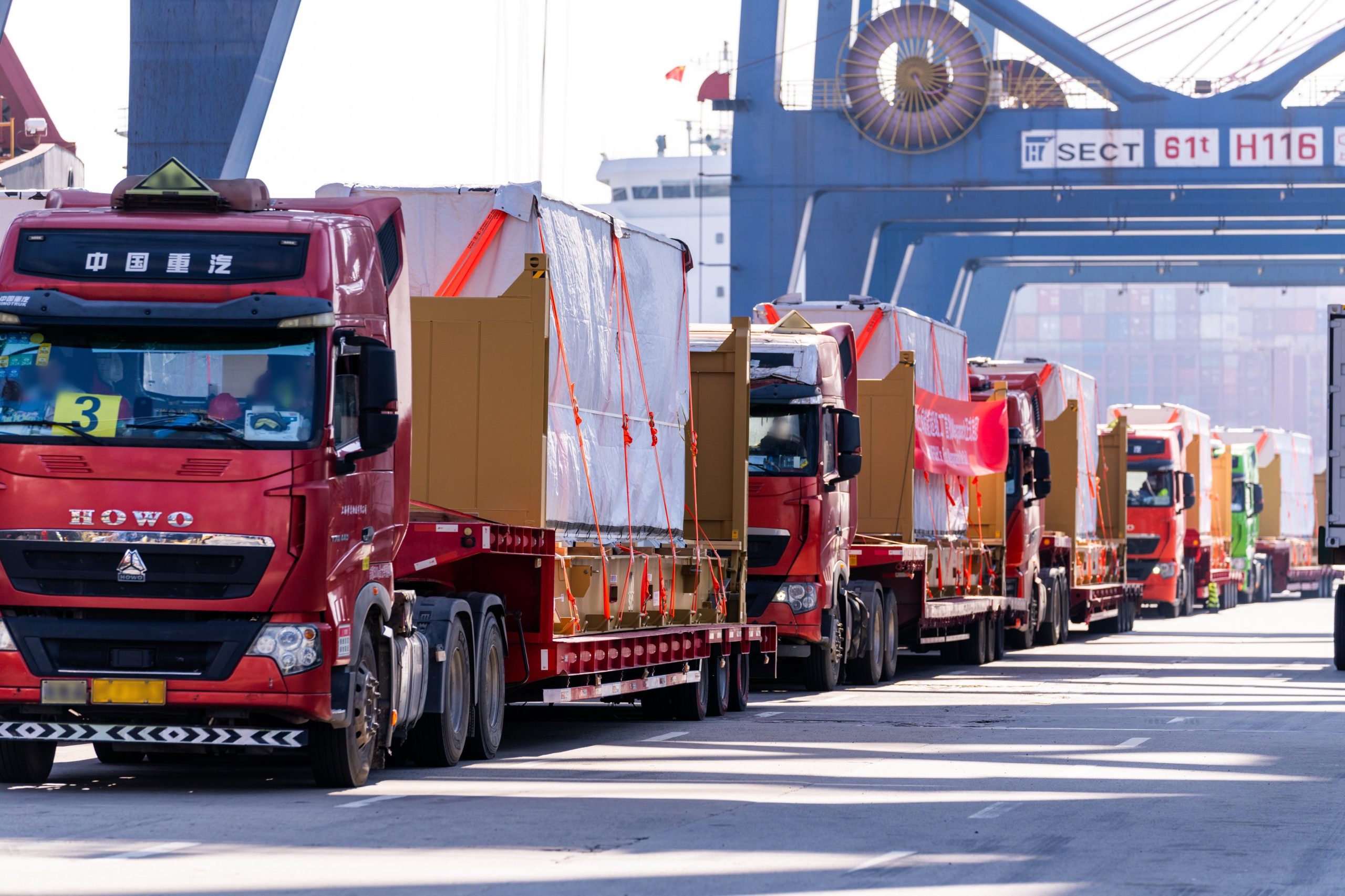
Reports from China have indicated that the Tesla Shanghai Megafactory has become a notable player in China’s booming battery export market.
Located in the Lingang New Area of the Shanghai Free Trade Zone, the Tesla Megafactory has been running at full throttle since opening in February. It produces Tesla Megapack batteries for domestic and international use.
Tesla Shanghai Megafactory
As noted in a report from Sina Finance, the Tesla Shanghai Megafactory’s output of Megapack batteries helped drive a notable rise in lithium battery shipments from the city in the first three quarters of 2025. This is quite impressive as the Megafactory is a rather young facility, though it has been steadily increasing its production capacity.
“The establishment of this benchmark factory has not only driven the rapid development of Shanghai’s energy storage industry but also become a new growth engine for foreign trade exports. Driven by the Tesla energy storage factory’s opening, Shanghai’s lithium battery exports reached 32.15 billion yuan ($4.5 billion) in the first three quarters, a 20.7% increase,” the publication wrote.
Ultimately, the Shanghai Megafactory has proved helpful to the city’s “new three” industries, which are comprised of new energy vehicles, lithium batteries, and photovoltaic systems. Exports of the “new three” products reached 112.17 billion yuan ($15.7 billion), a 6.3% year-over-year increase during the same period. The city’s total trade volume grew 5.4% year-over-year as well, with exports up 11.3%, driven largely by the clean energy sector’s performance.
Energy storage is helping Shanghai
Since opening in February, the Shanghai Megafactory has been firing on all cylinders. In late July, Tesla Energy announced that the new battery factory has successfully produced its 1,000th Megapack unit. That’s quite impressive for a facility that, at the time, had only been operational for less than six months.
Speed has always been a trademark of the Shanghai Megafactory. Similar to Tesla’s other key facilities in China, the Megafactory was constructed quickly. The facility started its construction on May 23, 2024. Less than a year later, the site officially started producing Megapack batteries. By late March 2025, Tesla China noted that it had shipped the first batch of Megapack batteries from the Shanghai plant to foreign markets.
Energy
Tesla recalls Powerwall 2 units in Australia
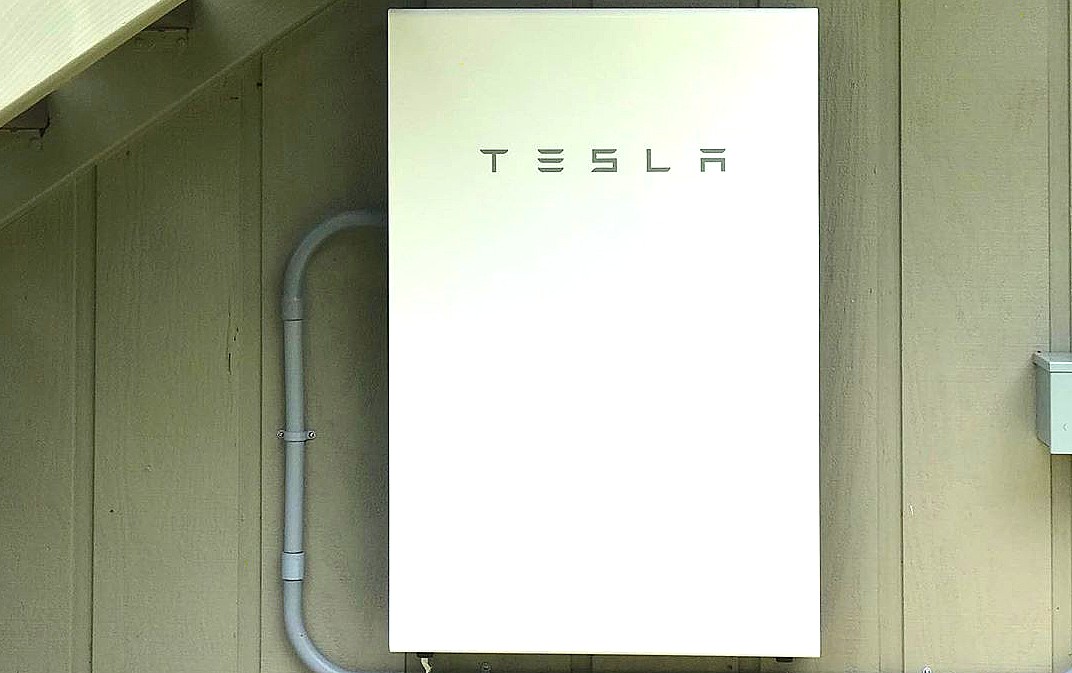
Tesla will recall Powerwall 2 units in Australia after a handful of property owners reported fires that caused “minor property damage.” The fires were attributed to cells used by Tesla in the Powerwall 2.
Tesla Powerwall is a battery storage unit that retains energy from solar panels and is used by homeowners and businesses to maintain power in the event of an outage. It also helps alleviate the need to rely on the grid, which can help stabilize power locally.
Powerwall owners can also enroll in the Virtual Power Plant (VPP) program, which allows them to sell energy back to the grid, helping to reduce energy bills. Tesla revealed last year that over 100,000 Powerwalls were participating in the program.
Tesla announces 100k Powerwalls are participating in Virtual Power Plants
The Australia Competition and Consumer Commission said in a filing that it received several reports from owners of fires that led to minor damage. The Australian government agency did not disclose the number of units impacted by the recall.
The issue is related to the cells, which Tesla sources from a third-party company.
Anyone whose Powerwall 2 unit is impacted by the recall will be notified through the Tesla app, the company said.
-

 Elon Musk1 week ago
Elon Musk1 week agoSpaceX posts Starship booster feat that’s so nutty, it doesn’t even look real
-

 Elon Musk1 week ago
Elon Musk1 week agoTesla Full Self-Driving gets an offer to be insured for ‘almost free’
-

 News1 week ago
News1 week agoElon Musk confirms Tesla FSD V14.2 will see widespread rollout
-

 News1 week ago
News1 week agoTesla is adding an interesting feature to its centerscreen in a coming update
-

 News2 weeks ago
News2 weeks agoTesla launches new interior option for Model Y
-

 News1 week ago
News1 week agoTesla widens rollout of new Full Self-Driving suite to more owners
-

 Elon Musk1 week ago
Elon Musk1 week agoTesla CEO Elon Musk’s $1 trillion pay package hits first adversity from proxy firm
-

 News1 week ago
News1 week agoTesla might be doing away with a long-included feature with its vehicles


